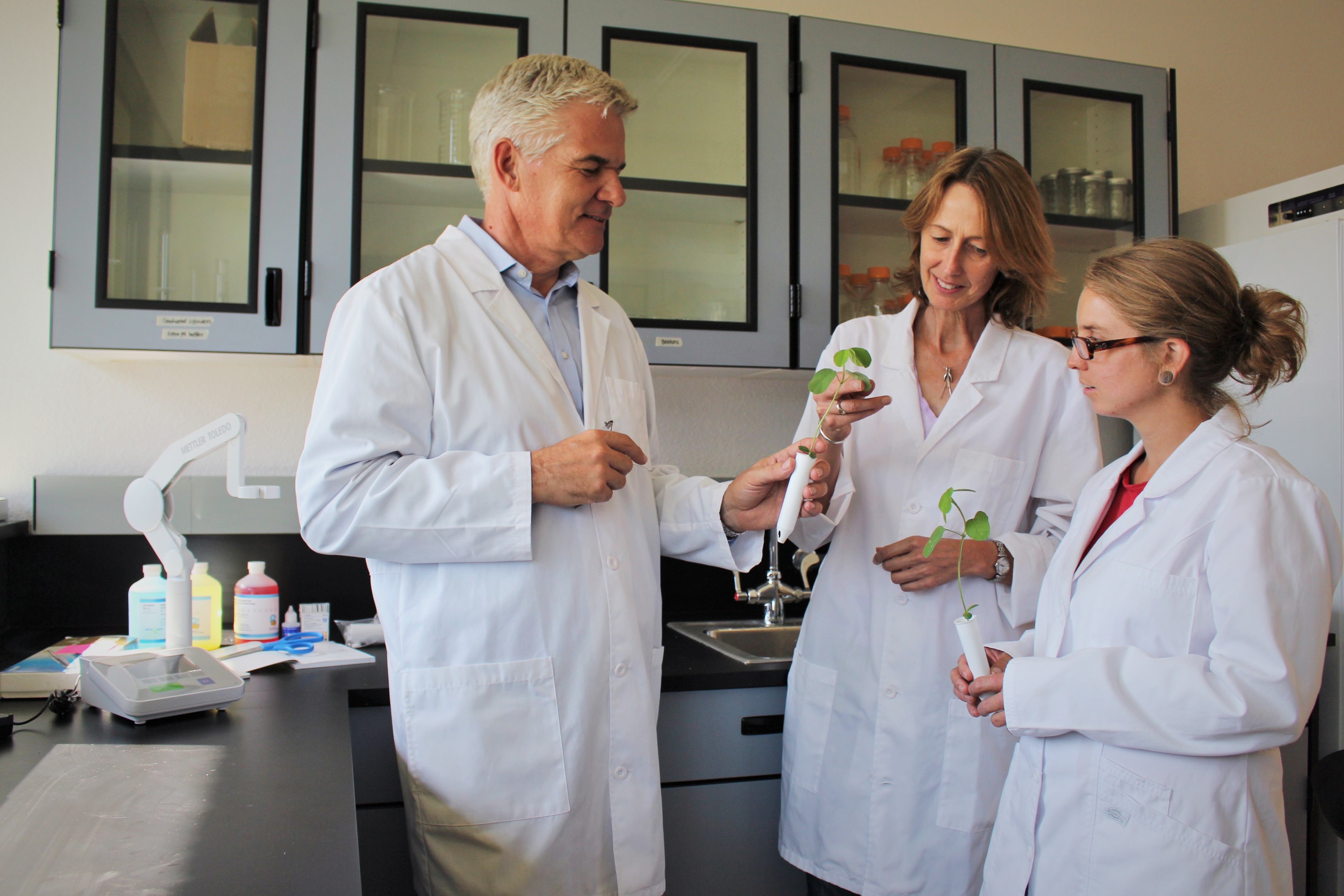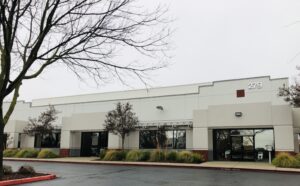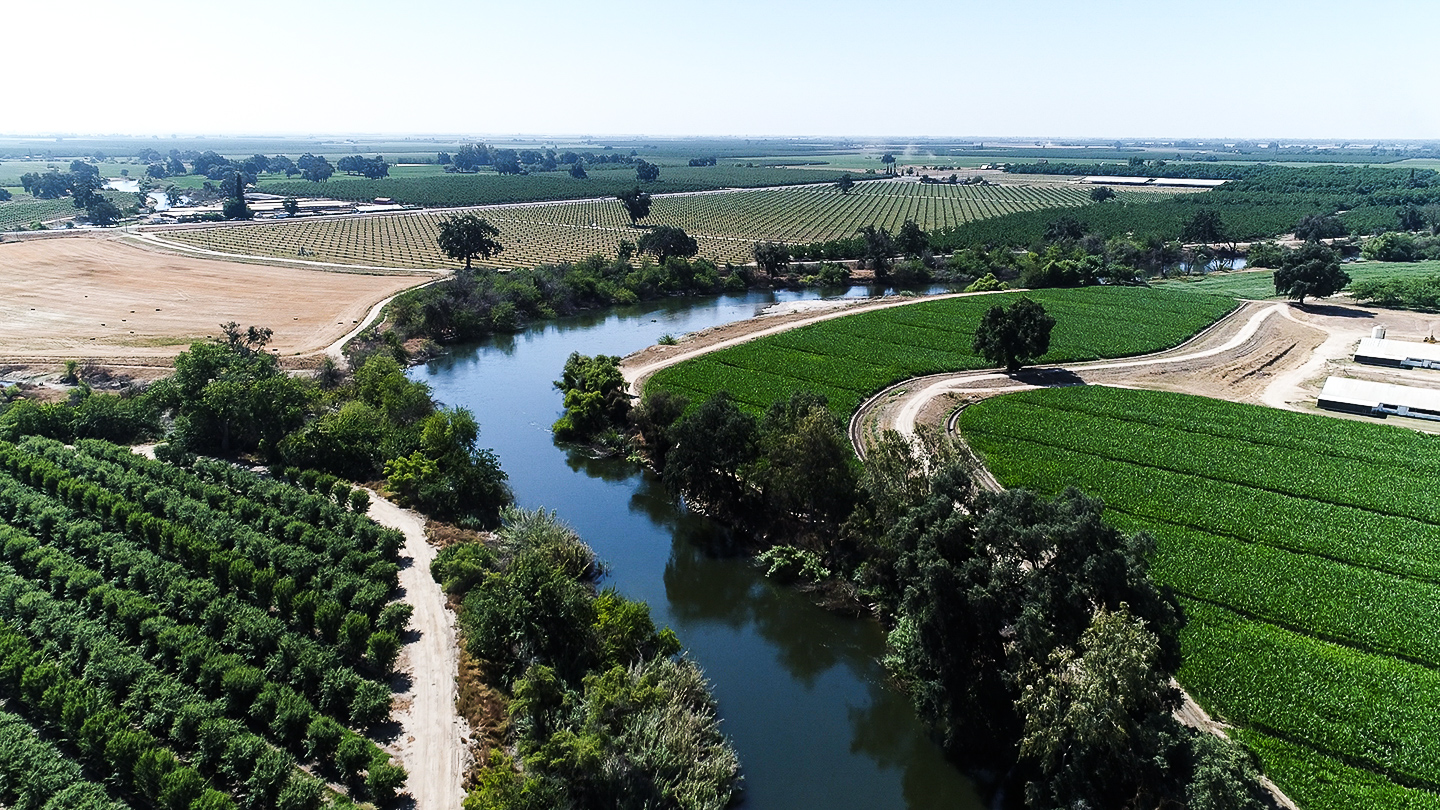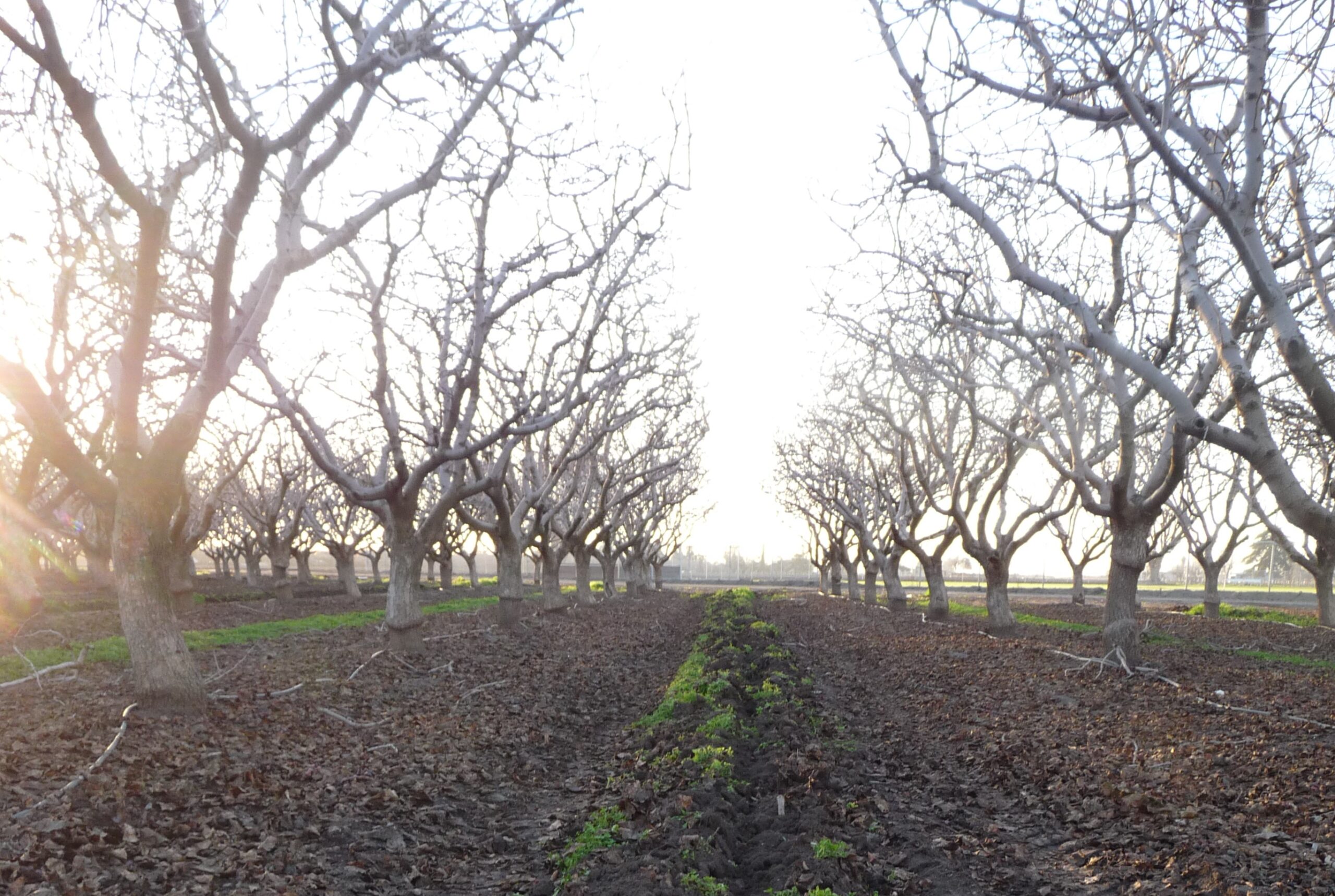BioConsortia Expands Davis Labs
BioConsortia Moves to New, Larger Laboratories and Expands R&D Team
BioConsortia, a leader in microbial solutions that improve plant phenotypes and increase crop yields with reduced chemical and fertilizer inputs, is announcing an expansion of its R&D laboratories and team with a new, state-of-the-art facility in Davis, CA.
BioConsortia’s new facility is located at Cousteau Place in Davis, CA, encompassing initially 15,000 square feet of laboratories and offices, and an additional 5,000 square feet of yet unfurnished space for further expansion.
BioConsortia Senior VP Operations & Administration, Christina Huben, said, “The new and modern laboratories will provide the needed space and facilities for our growing R & D team and expanded platform, particularly in synthetic biology, microbiology and fermentation. This new facility has more than doubled BioConsortia’s operations space and positioned our Company for future growth.”
Betsy Alford Ph.D. from UC Davis and Andrew Phillips Ph.D., from Bayer CropScience, both join the BioConsortia team that is currently utilizing gene editing to develop the next generation of products for nitrogen fixation, yield enhancement, and crop protection. The power of gene editing unleashes the natural power of microbials by enabling an over-expression of biocontrol metabolites or the continuous fixation of atmospheric nitrogen to help plants grow healthily and higher-yielding with fewer conventional chemical inputs.
BioConsortia CEO Marcus Meadows-Smith concluded, “It is a very exciting time at BioConsortia. The most recent hires to our world-class team of scientists further expand our expertise and will accelerate our work in gene editing and genomics. Our new laboratories provide the space needed to further our endeavors.
In December we announced a major collaboration with Mosaic for the development and commercialization of our nitrogen-fixing products. We have a pipeline of biopesticides and biostimulants in registration and partner evaluation phase.”
Meadows-Smith concluded, “We are delivering on our goal to support growers and sustainable agriculture by developing microbial products with higher consistency and superior efficacy.”



















